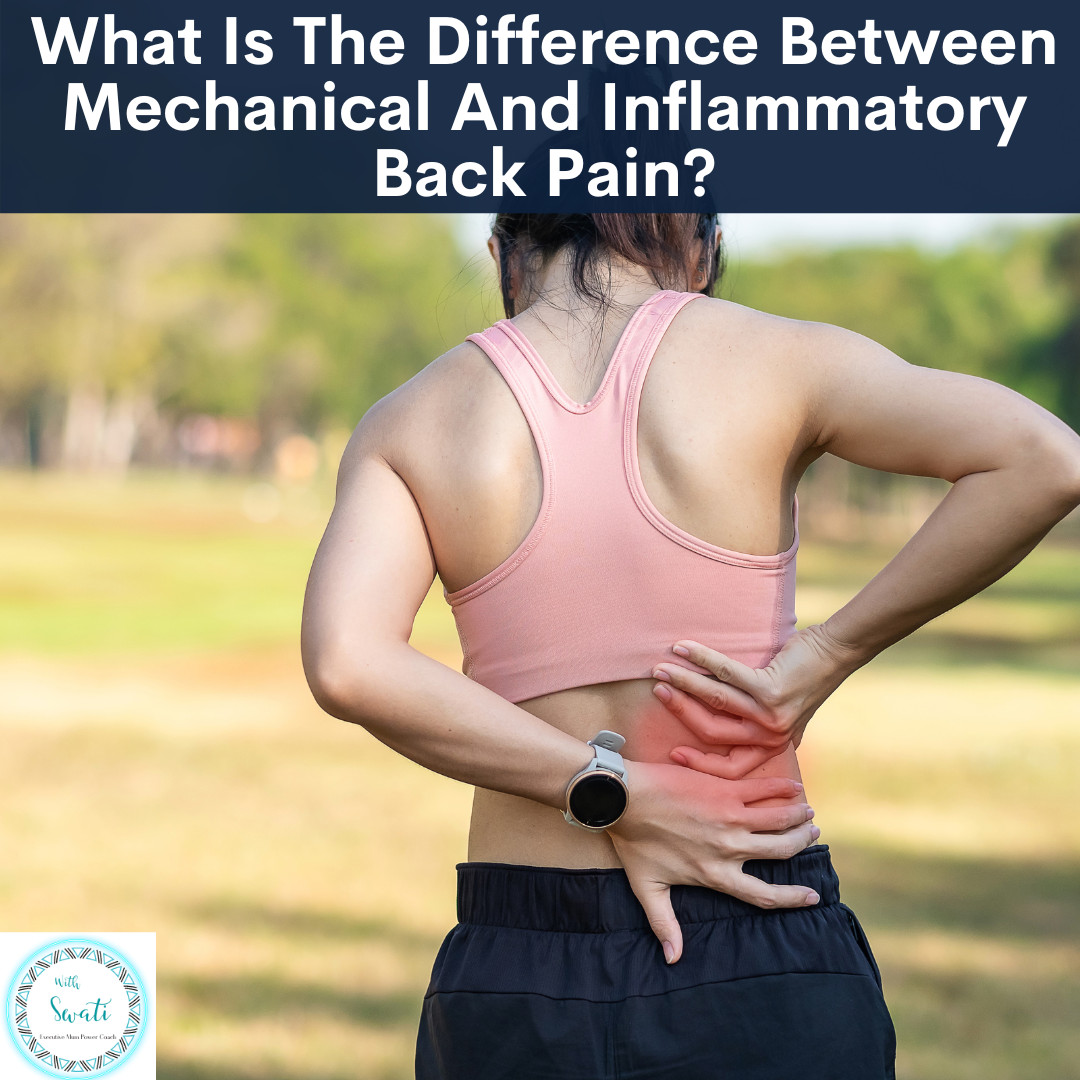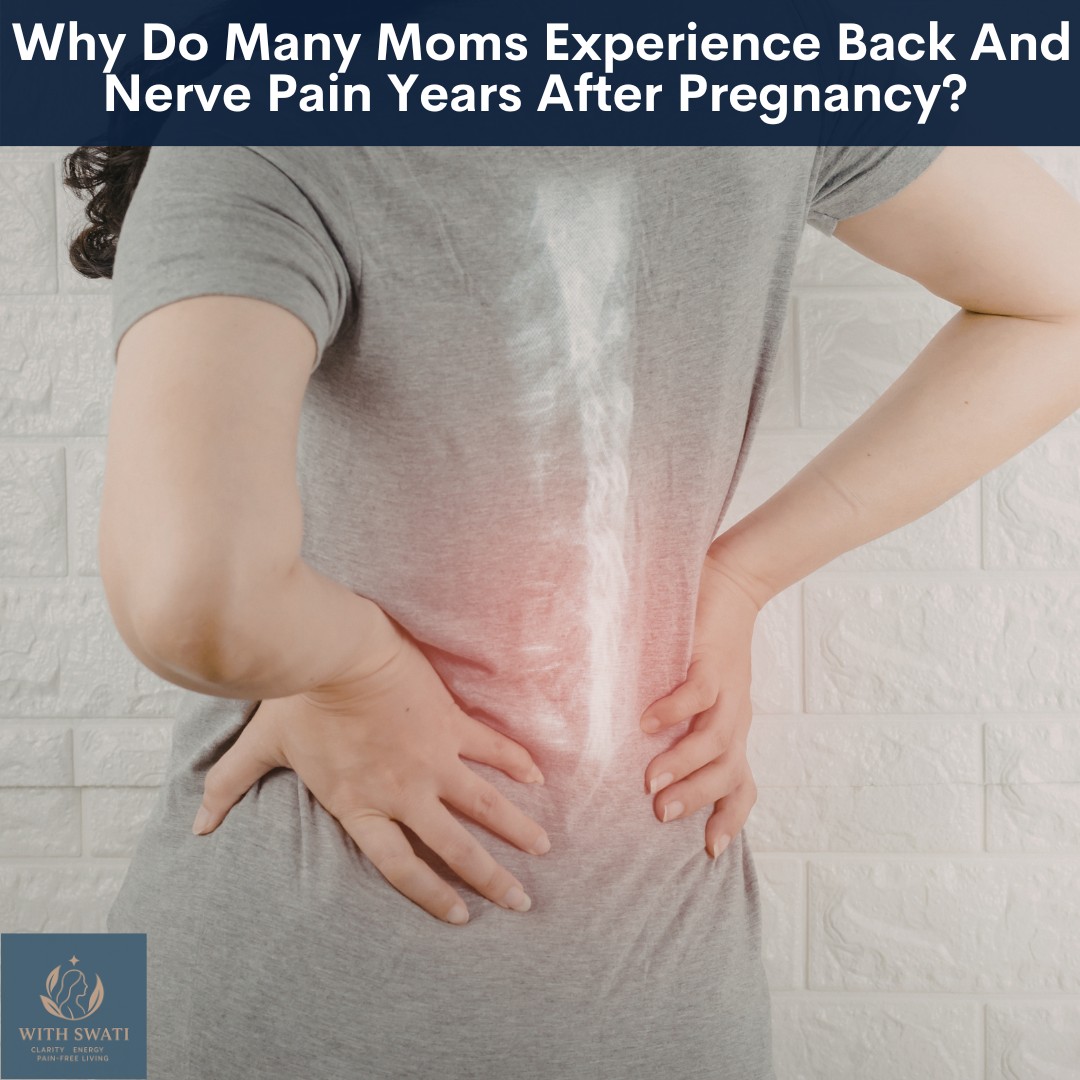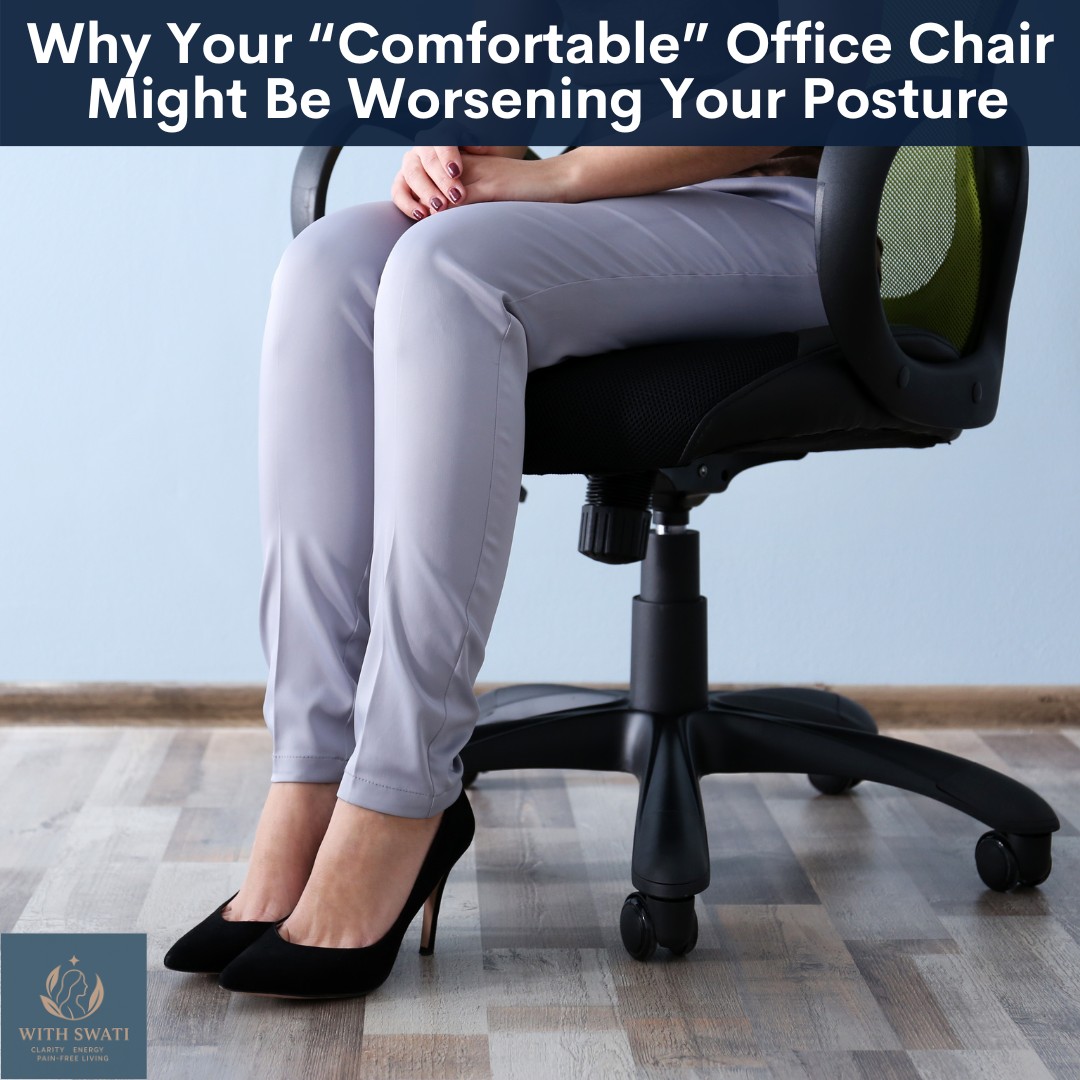
As an executive mum, juggling a high-stress job and family responsibilities can take a toll on your body, particularly your back. Back pain can stem from various causes, and understanding whether it’s inflammatory or mechanical can be crucial for effective management. In this blog lets discuss the difference between these two types of back pain and how you can identify them.
Back pain is a common issue for many, especially for busy executive mums who often neglect self-care amidst their hectic schedules. Back pains are classified in many ways and one of the simpler ways of doing so is to divide them into the categories of Inflammatory and mechanical back pain. They both have their distinct causes and symptoms.
Inflammatory back pain is often caused by conditions like ankylosing spondylitis, arthritis, etc. This type of pain is associated with inflammation in the spine and is typically characterized by the following features:
- Morning Stiffness: Inflammatory back pain typically causes stiffness and pain that is worse in the morning or after periods of inactivity. This stiffness usually lasts for more than a few minutes to a few hours.
- Improvement with Movement: Unlike mechanical back pain, inflammatory pain tends to improve with physical activity and exercise.
- Chronic Nature: Inflammatory back pain often persists for more than three months and can gradually worsen over time.
- Systemic Symptoms: Other symptoms may include fatigue and general feelings of being unwell, which are not usually present with mechanical back pain.
Here is a video explaining inflammatory back pain:
Mechanical back pain, on the other hand, is more common and is often due to musculoskeletal issues such as muscle strains, ligament sprains, or degenerative disc disease. Key features of mechanical back pain include:
- Activity-Related Pain: Mechanical pain typically worsens with physical activity and improves with rest. Lifting heavy objects, prolonged sitting, or standing can exacerbate the pain.
- Localized Pain: This type of pain is usually localized to the lower back and may radiate to the buttocks or thighs but rarely below the knee.
- Short Duration: Mechanical back pain often lasts for a few days to a few weeks and tends to improve with conservative treatments like rest, physical therapy, or over-the-counter pain relievers.
- Absence of Systemic Symptoms: Unlike inflammatory back pain, mechanical back pain is not associated with systemic symptoms such as fever or tiredness.
To summarize, lets consider Sarah, an executive mum, who wakes up every morning with intense stiffness in her lower back that lasts for over an hour. Despite her busy day, she finds that her back pain improves slightly after her morning jog or yoga session and a hot shower. She also notices occasional fatigue and tiredness, due to inflammatory back pain.
Emma, another executive mum, experiences sharp lower back pain after lifting her toddler or sitting for long hours at her desk. Her pain worsens with physical activity but subsides with rest. She has no other symptoms and finds relief from her mechanical back pain with stretching and over-the-counter pain medications.
If you are not sure about the cause of your back pain click HERE to get a free guide on "What is the Source of your Back Pain?"
If you like this blog and want to be notified about new blogs as soon as they are published, subscribe to my mailing list below.
I would love to see you around the internet! For other places you can explore more about me: https://withswati.com/page/link
















0 Comments